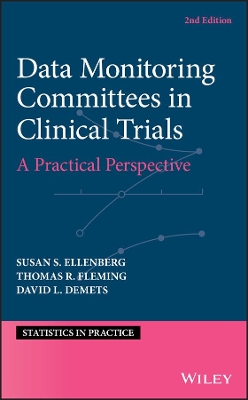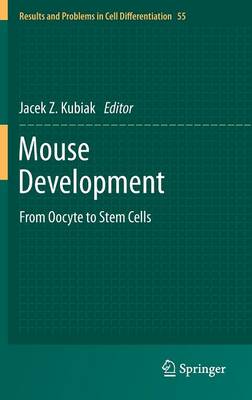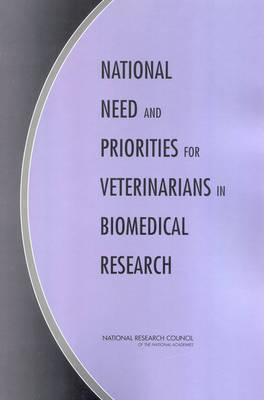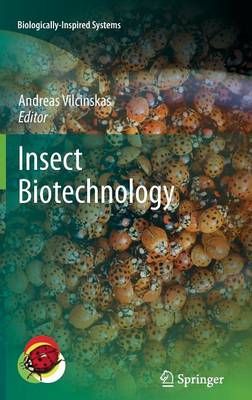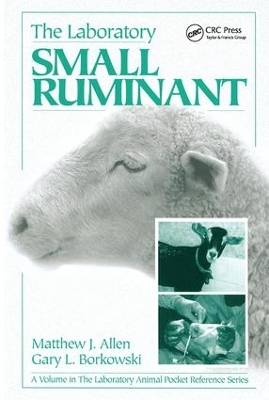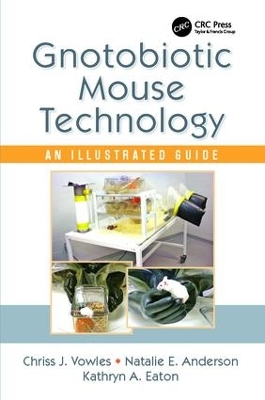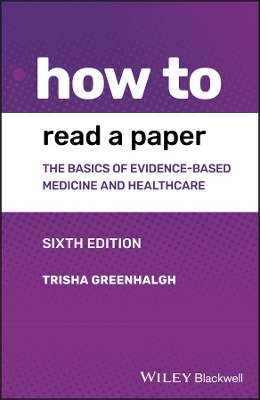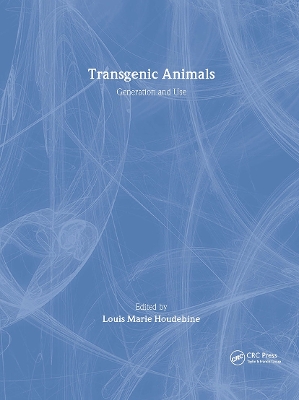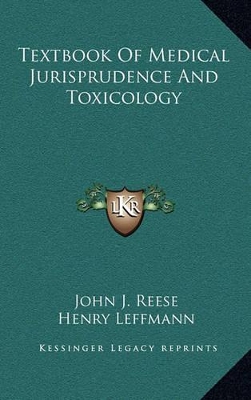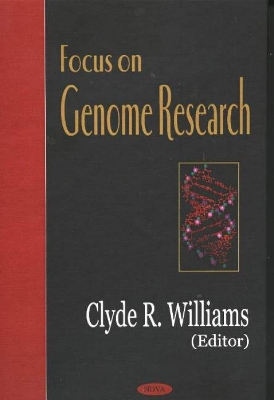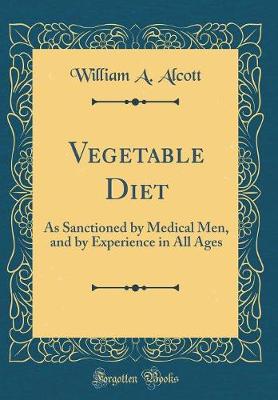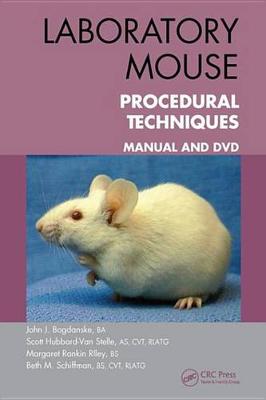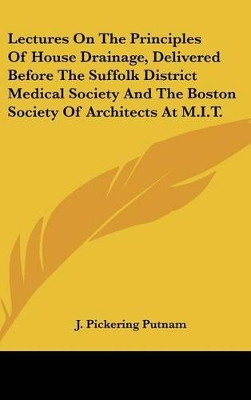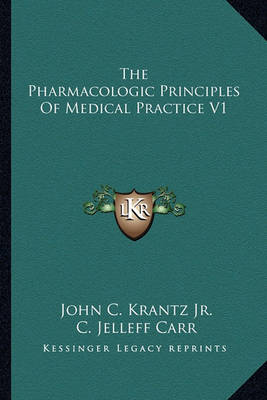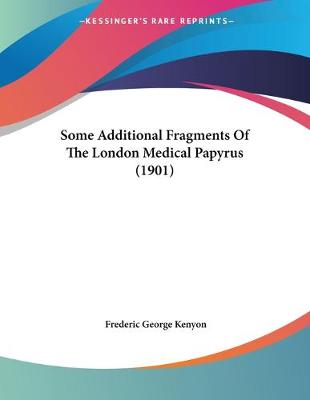The authoritative guide for Data Monitoring Committees—fully revised and updated The number of clinical trials sponsored by government agencies and pharmaceutical companies has grown in recent years, prompting an increased need for interim monitoring of data on safety and efficacy. Data Monitoring Committees (DMCs) are an essential component of many clinical trials, safeguarding trial participants and protecting the credibility and validity of the study. Data Monitoring Committees in Clinical T...
Working on a vaccine to prevent malaria, Dr Maren Harvey is looking forward to a field trip into the highlands of Papua New Guinea, until she arrives and meets her guide, Dr Nicholas Calder. Though the antagonism between them is undeniable, Maren refuses to be deterred. She may be in unknown and dangerous territory – in more ways than one – but she's not a quitter, and Nicholas Calder has met his match.
Qualitative researchers have traditionally been cautious about claiming that their work was scientific. The "right-on" schools have exaggerated this caution into an outright rejection of science as a model for their work. Science is, for them, outmoded; "an archaic form of consciousness surviving for a while yet in a degraded form" (Tyler 1986:200). Scientists' assertions that they are in pursuit of truth simply camouflage their own lust for power. There is no essential difference between truth...
Mouse Development (Results and Problems in Cell Differentiation, #55)
The mouse is a perfect model organism to study mammalian, and thus indirectly also human, embryology. Most scientific achievements that have had an important impact on the understanding of basic mechanisms governing embryo development in humans, originated from mouse embryology. Stem cell research, which now offers the promise of regenerative medicine, began with the isolation and culture of mouse embryonic stem cells by Martin Evans (who received the Nobel Prize in medicine in 2007 for this ach...
National Need and Priorities for Veterinarians in Biomedical Research
by National Research Council and National Academy of Sciences
The report identified various factors which contributed to creating an unfulfilled need for veterinarians in the biomedical research workforce, including an increase in the number of NIH grants utilizing animals and the burgeoning use of transgenic rodents, without a comparable change in the supply of appropriately-trained veterinarians. The committee developed strategies for recruiting more veterinarians into careers in biomedical research.
Insect Biotechnology (Biologically-Inspired Systems, #2)
The book provides a fascinating overview about current and sophisticated developments in applied entomology that are powered by molecular biology and that can be summarized under a novel term: insect biotechnology. By analogy with the application of powerful molecular biological tools in medicine (red biotechnology), plant protection (green biotechnology) and industrial processing (white biotechnology), insect biotechnology (yellow biotechnology) provides novel tools and strategies for human we...
The Laboratory Small Ruminant details basic information and common procedures for individuals performing research with small ruminants. Details include duties of animal husbandry, regulatory compliance, and technical procedures. It is designed to assist in the humane care and use of small ruminants in the laboratory and to provide immediate information for investigators, technicians, and animal caretakers. It includes references to alternative procedures and methods and offers possible sources a...
The popularity of germ-free animal models, particularly mice, for investigation of human physiology and disease has recently exploded. Gnotobiotic Mouse Technology: An Illustrated Guide provides the first manual for the maintenance, husbandry, and experimental manipulation of germ-free and gnotobiotic mice. It includes information on all aspects of establishing and operating a germ-free mouse research facility, from basic principles and equipment to detailed instructions for assembling and maint...
Required reading in many medical and healthcare institutions, How to Read a Paper is a clear and wide-ranging introduction to evidence-based medicine and healthcare, helping readers to understand its central principles, critically evaluate published data, and implement the results in practical settings. Author Trisha Greenhalgh guides readers through each fundamental step of inquiry, from searching the literature to assessing methodological quality and appraising statistics. How to Read a Paper ...
During the past 20 years, transgenesis has become a popular technique and a crucial tool for molecular geneticists and biologists. Transgene expression is now better-controlled and even specifically inducible by exogenous factors. While these techniques have quite significantly transformed the experimental approaches taken by biologists, the applications are more limited than expected and concerns have arisen regarding biosafety as well as physiological, social, and philosophical issues. Transge...
Atlas of Hematopathology with 100 Case Studies
by Faramarz Naeim, P. Nagesh Rao, and Sophie X. Song
Atlas of Hematopathology with 100 Case Studies is a practical guide useful for pathologists and hematologists, residents and fellows, laboratory directors, researchers, and students in the field of hematology, cytogenetic, and molecular pathology. The book offers important information to practicing physicians and those in pathology and hematology training to improve their diagnostic skills. It covers the most important aspects of hematopathology, including classifications, clinical symptoms, hem...
Focus On Genome Research
Vegetable Diet: As Sanctioned by Medical Men, and by Experience in All Ages (Classic Reprint) (American Antiquarian Cookbook Collection)
by William a Alcott
Laboratory Mouse Procedural Techniques
by John J. Bogdanske, Scott Hubbard-Van Stelle, Margaret Rankin-Riley, and Beth M. Schiffman
This combination manual and DVD provides much-needed training on the proper handling of mice used in biomedical research. The DVD includes narrated video clips that demonstrate and describe each procedural technique. The manual contains handouts with color illustrations and descriptive text for each technique, including the purpose and application
The Medical Works Of Francisco Lopez De Villalobos, The Celebrated Court Physician Of Spain
by Francisco Lopez De Villalobos
The Pharmacologic Principles Of Medical Practice V2
by John C Jr Krantz and C Jelleff Carr
The Pharmacologic Principles Of Medical Practice V1
by John C Krantz, Jr. and C Jelleff Carr
Some Additional Fragments Of The London Medical Papyrus (1901)
by Frederic George Kenyon
The IACUC Handbook, Third Edition
Ever since its establishment by USDA regulation in the mid-1980s, the Institutional Animal Care and Use Committee (IACUC) has evolved as the premier instrument of animal welfare oversight within research institutions in the United States. As biomedical research continuously grows, the role and impact of the IACUC has increased in scope and complexity. The IACUC Handbook has become "the Bible" for individuals when the time comes for them to serve on their institution’s IACUC. It provides a founda...
